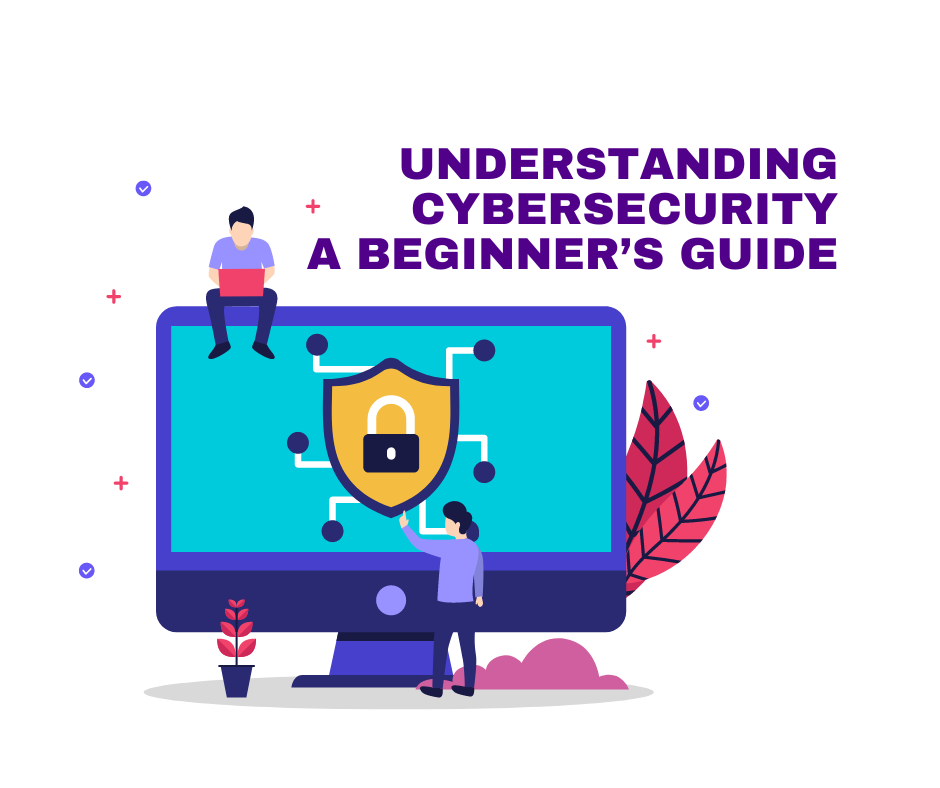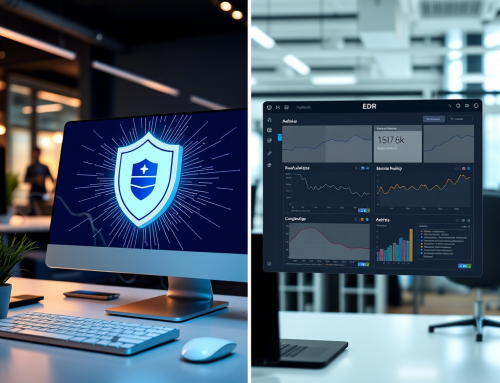Cybersecurity has become more crucial than ever as our lives increasingly revolve around digital technology. Whether you’re managing a small business, keeping up with email communication, or simply browsing the web, understanding cybersecurity basics can help protect sensitive data and avoid costly breaches. This guide will explain the fundamentals of cybersecurity, its importance, and how you can start improving your online safety with practical tips and techniques.
What is Cybersecurity?
Cybersecurity refers to the practice of protecting systems, networks, and data from unauthorized access, theft, or damage. It involves a range of tools, processes, and strategies designed to safeguard against digital attacks. Some common forms of threats include malware, ransomware, phishing scams, and denial-of-service (DoS) attacks.
By taking proactive steps to secure your online presence, you can prevent these attacks from causing data breaches, financial harm, or disruptions to your operations.
Why is Cybersecurity Important?
Cyberattacks can affect anyone—from large corporations to individual users. Here’s why focusing on the importance of cybersecurity is essential:
- Safeguards Sensitive Data: Protect personal, financial, and business information from being accessed by unauthorized users.
- Prevents Financial Loss: Avoid the high costs of data breaches, which may include fines, legal fees, and loss of trust from customers.
- Protects Privacy: Ensures that your personal and professional communications remain confidential.
- Builds Trust: Establish credibility with clients and stakeholders by demonstrating your commitment to security.
Key Concepts in Cybersecurity
To build a solid foundation in cybersecurity, here are some essential concepts to know:
1. The CIA Triad (Confidentiality, Integrity, Availability)
The CIA Triad is the core model of information security:
- Confidentiality: Only authorized individuals can access sensitive information.
- Integrity: Ensures the accuracy and reliability of data by protecting it from unauthorized alteration.
- Availability: Makes sure authorized users can access information and systems whenever needed.
2. Types of Cyber Threats
Cyber threats come in many forms. Understanding these will help you recognize and defend against them:
- Malware: Malicious software such as viruses, worms, and Trojans designed to damage or disrupt devices.
- Phishing: Fraudulent emails or messages that trick users into sharing sensitive information.
- Ransomware: Programs that lock users out of their data until a ransom is paid.
- Man-in-the-Middle (MitM) Attacks: Cybercriminals intercept and alter communications between two parties.
- Denial-of-Service (DoS) Attacks: Overload a website or network with traffic to prevent normal operations.
3. Cybersecurity Tools and Practices
Several tools and techniques can fortify your online security:
- Firewalls: Controls network traffic to block unauthorized access.
- Antivirus Software: Detects and removes malicious programs.
- Encryption: Protects data by converting it into indecipherable code.
- Multi-Factor Authentication (MFA): Adds extra verification steps to secure accounts.
- Regular Updates: Keeps software patched to defend against vulnerabilities.
Cybersecurity Tips and Best Practices
Want to secure your digital presence? Follow these cybersecurity best practices to reduce risks and build a safe online environment.
1. Develop Strong Cyber Hygiene
- Use strong, unique passwords for each account and store them securely with a password manager.
- Enable two-factor authentication wherever possible for enhanced account security.
- Regularly update your software to ensure you’re protected against the latest threats.
- Be cautious when clicking on links or downloading attachments in emails. Avoid falling victim to preventing email scams by verifying the sender.
2. Explore Cybersecurity Tools
- Protect your devices with reliable antivirus software.
- Set up a firewall to monitor network activity for suspicious behavior.
- Encrypt sensitive data, especially when transmitting it over public networks.
3. Identify and Avoid Phishing Scams
Phishing scams can be difficult to spot, but here’s how to protect yourself:
- Look for suspicious email addresses or domains.
- Avoid clicking on unsolicited links or opening unexpected attachments.
- Report potential phishing messages to IT or email providers.
4. Stay Vigilant with Open Source Intelligence (OSINT)
Harness OSINT techniques to gather publicly available information to secure your systems. For example:
- Use search engines like Google to monitor potential data breaches involving your personal or business information.
- Stay updated on the latest cybersecurity trends using trusted sources like blogs and forums.
Beginner’s Roadmap to Cybersecurity
Starting your cybersecurity learning journey can feel overwhelming. But with the right steps, you can build your knowledge quickly and effectively. Here’s how you can start:
- Understand the Basics
- Learn the key concepts covered in this guide, such as the CIA Triad, types of threats, and core tools.
- Read introductory resources, from blogs to beginner-friendly eBooks.
- Practice Good Security Habits
- Strengthen your passwords and avoid reusing them across accounts.
- Enable MFA and ensure software updates are a regular routine.
- Use Cybersecurity Tools
- Install antivirus software and configure a firewall to protect your devices.
- Utilize encryption to protect sensitive business and personal files.
- Get Hands-On Experience
- Take online cybersecurity courses on platforms like Coursera, Udemy, or edX.
- Join Capture the Flag (CTF) games to test your knowledge in real-world scenarios.
- Explore virtual labs to practice using security tools.
- Stay Updated
- Regularly follow cybersecurity blogs and industry reports.
- Join professional communities to share knowledge and stay informed about emerging threats.
The Path to Better Cybersecurity Starts Today
Cybersecurity is no longer optional; it’s essential in a world where threats evolve daily. Whether you’re protecting your personal accounts or securing a business network, understanding and implementing the basics of cybersecurity can keep your data safe and reduce risks.
Remember, the key to success is being proactive, persistent, and informed. Armed with these cybersecurity tips and best practices, you’re now well-equipped to defend against cyber threats. For more in-depth guidance or interactive resources on cybersecurity basics, continue exploring trusted blogs and sign up for practical training programs. Start small, stay consistent, and grow your security skills over time!





